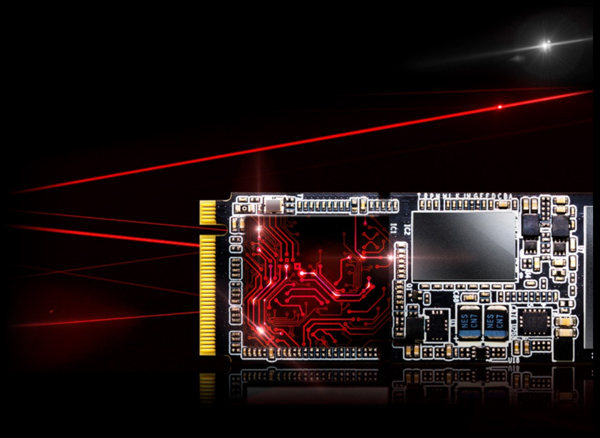

The checksum segment is sent with the data segments. To obtain the checksum, a complement of the sum is taken. To get the total, the segments are summed at the sender’s end using 1’s complement arithmetic.

The data is split into k segments of m bits each in the checksum error detection technique. These are compared with the parity bits calculated on the received data at the receiving end. For each column, parity check bits are computed and transmitted together with the data. However, when more than one bit is incorrect, it is extremely difficult for the receiver to identify the problem.įor each row, parity check bits are calculated, which is identical to a basic parity check bit.


Voice and video applications, for example, may be unaffected and continue to work normally despite occasional problems. Most programs would not work normally if they received incorrect data. As a result, the top levels anticipate error-free transmission between the systems. The top layers are unaware of real hardware data processing and work on a generic picture of network architecture. Many factors, including noise and cross-talk, can contribute to data corruption during transmission. That is, a 0 bit may become a 1 bit, or a 1 bit may become a 0. Digital signals suffer from noise during transmission, which can create errors in binary bits travelling from one system to another. We offer you a brighter future with FREE online courses Start Now!!Īn error occurs when the output information does not match the input information.


 0 kommentar(er)
0 kommentar(er)
